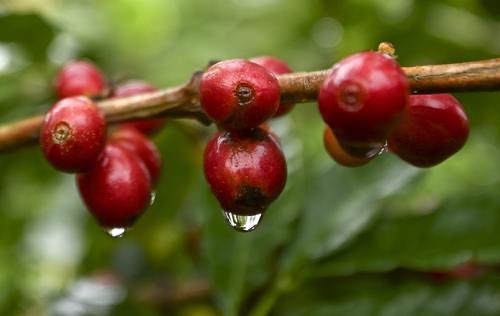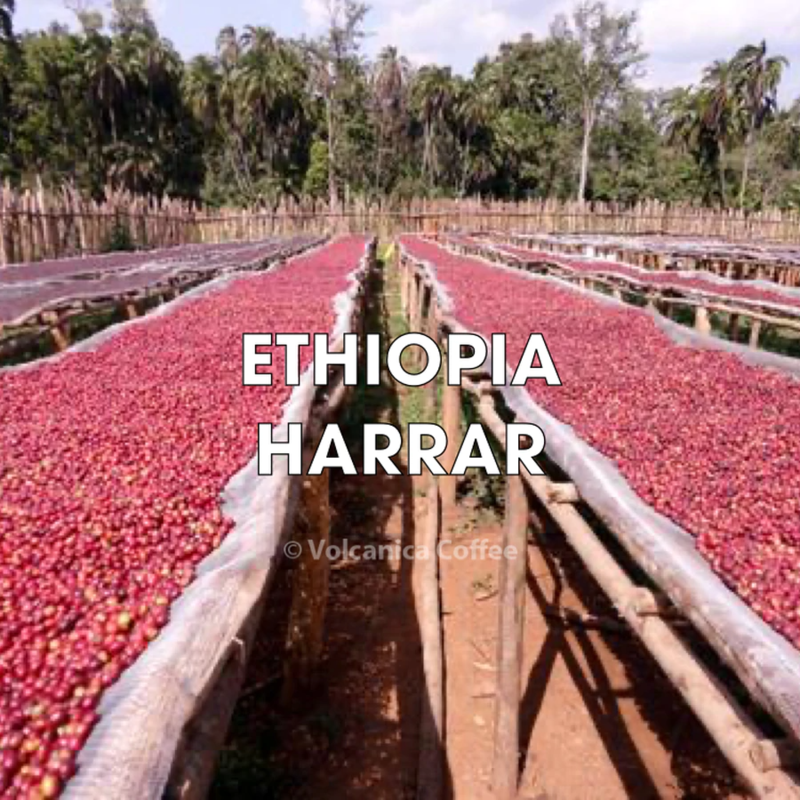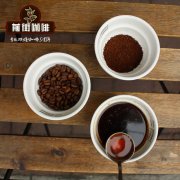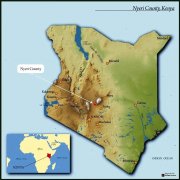Ethiopian coffee harrar coffee sun-baked bean flavor yejia sherfie and sidamo production characteristics
Ethiopia began to certify forest coffee in 2002 with the aim of protecting coffee forests and providing farmers with a better life. Empirical data show that farmers have made considerable interventions in forest ecosystems to increase coffee production, for example, by clearing dwarf trees from forests and felling trees. This promotes the degradation of forest ecosystems and biodiversity and occurs regardless of certification. At the same time, local producer prices have tripled, although they are not as fertile as other artificially bred high-yielding varieties.
The other is courtyard coffee, which is planted around people and animals and is shaded by trees.
The big head is large farm coffee, which is produced in a standardized way and has strong disease resistance.

There are three famous producing areas in Ethiopia: they are patented through the government: sidamo,harrar,yingacheffe.
Sidamo coffee nourishes charming coffee on fertile land; local residents of Lotte make good use of its delicate taste and touch to patiently induce multi-level flower and fruit flavors in a natural fermentation way.
Harrar is one of the easternmost coffee producing areas in Ethiopia. The ancient city of Harald is one of the oldest coffee producing areas in Ethiopia. This coffee uses the traditional natural craft of Ethiopia. Ripe cherries are dried on African beds for 8-12 days, depending on climatic conditions. During this time, they are hand-selected and raked to ensure a consistent drying process.

Yirgacheffe can be said to be an incomparably unique producing area. Tigacheff is actually part of the Sidamo region of southern Ethiopia, but its exquisite washed coffee is so famous that it is divided into its own small areas. This steep green area is both fertile and tall-most coffee grows above 2000 meters.
At first glance, the hills of yirgacheffe appear to be heavily forested, but in fact, it is a densely populated area dotted with homes and villages growing so-called "courtyard coffee". There are about 26 cooperatives in the region, representing about 43794 farmers and about 62004 hectares of courtyard coffee. The product is mainly washed, although a small amount of miscellaneous coffee comes from yigacheffe.
In addition to the above three coffee producing areas, Ethiopia also has limu,jima,ghimbi and lekempti and so on.
Important Notice :
前街咖啡 FrontStreet Coffee has moved to new addredd:
FrontStreet Coffee Address: 315,Donghua East Road,GuangZhou
Tel:020 38364473
- Prev

How to describe the aroma of coffee? How to calibrate the senses? How to train flavor description expression?
The aroma of coffee is mellow, the aroma of coffee is overflowing, and the slight bitterness of coffee is released from the mouth. These are the only adjectives for all kinds of tastes. First, Flavor (flavor): the overall impression of aroma, acidity and mellowness of a cup of coffee. 2. Aroma (aroma): the taste of coffee after blending, describing the aroma of coffee including caramel,
- Next

East African Coffee Kenya Coffee Industry Story and Arabica Coffee Flavor
Kenya's coffee industry is known for its cooperative system of grinding, selling and auctioning coffee, as well as a high proportion of odor farm production. The East African country Kenya is the 21st largest coffee producer in the world, producing more than 50 million kilograms (112 million pounds) in 2006. Coffee exports account for about 5% of Kenya's total exports. It is estimated that 6 million Kenyans are directly or indirectly employed in the coffee industry.
Related
- Beginners will see the "Coffee pull flower" guide!
- What is the difference between ice blog purified milk and ordinary milk coffee?
- Why is the Philippines the largest producer of crops in Liberia?
- For coffee extraction, should the fine powder be retained?
- How does extracted espresso fill pressed powder? How much strength does it take to press the powder?
- How to make jasmine cold extract coffee? Is the jasmine + latte good?
- Will this little toy really make the coffee taste better? How does Lily Drip affect coffee extraction?
- Will the action of slapping the filter cup also affect coffee extraction?
- What's the difference between powder-to-water ratio and powder-to-liquid ratio?
- What is the Ethiopian local species? What does it have to do with Heirloom native species?

